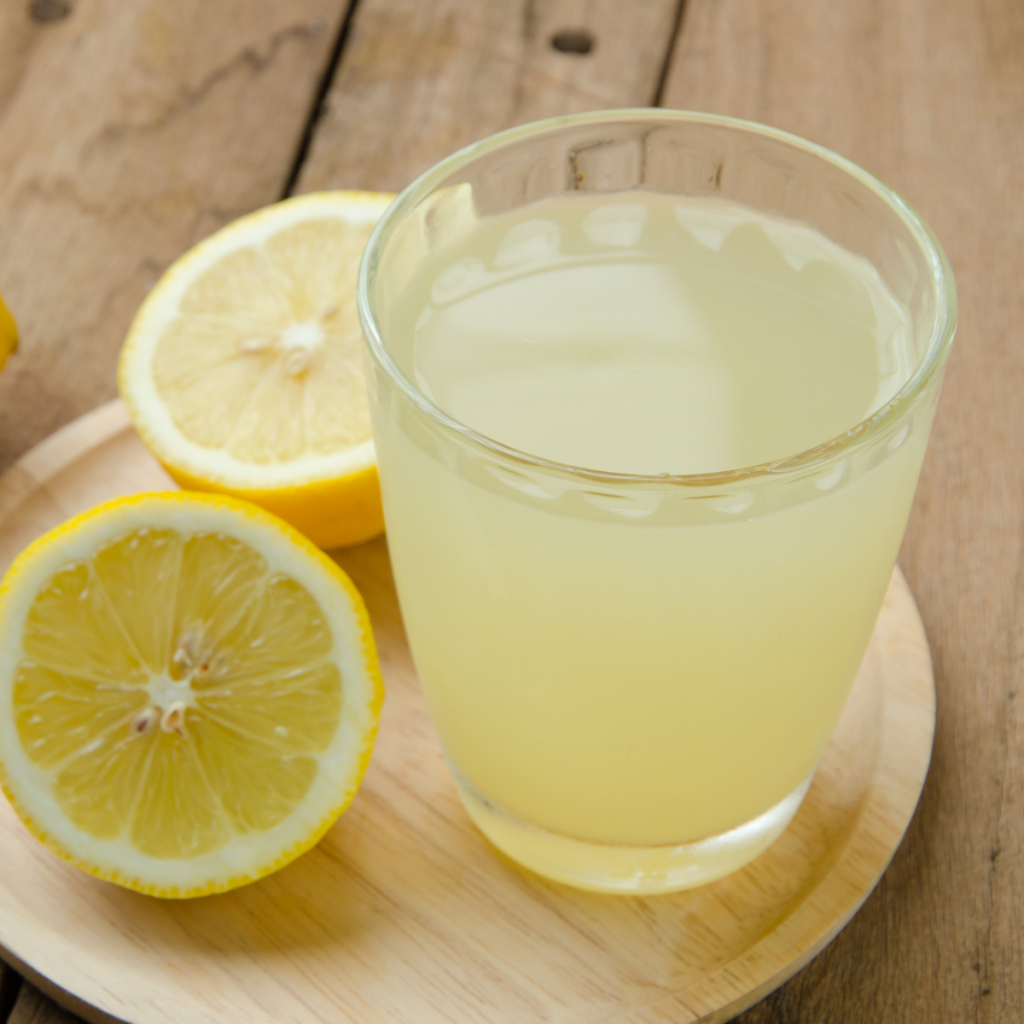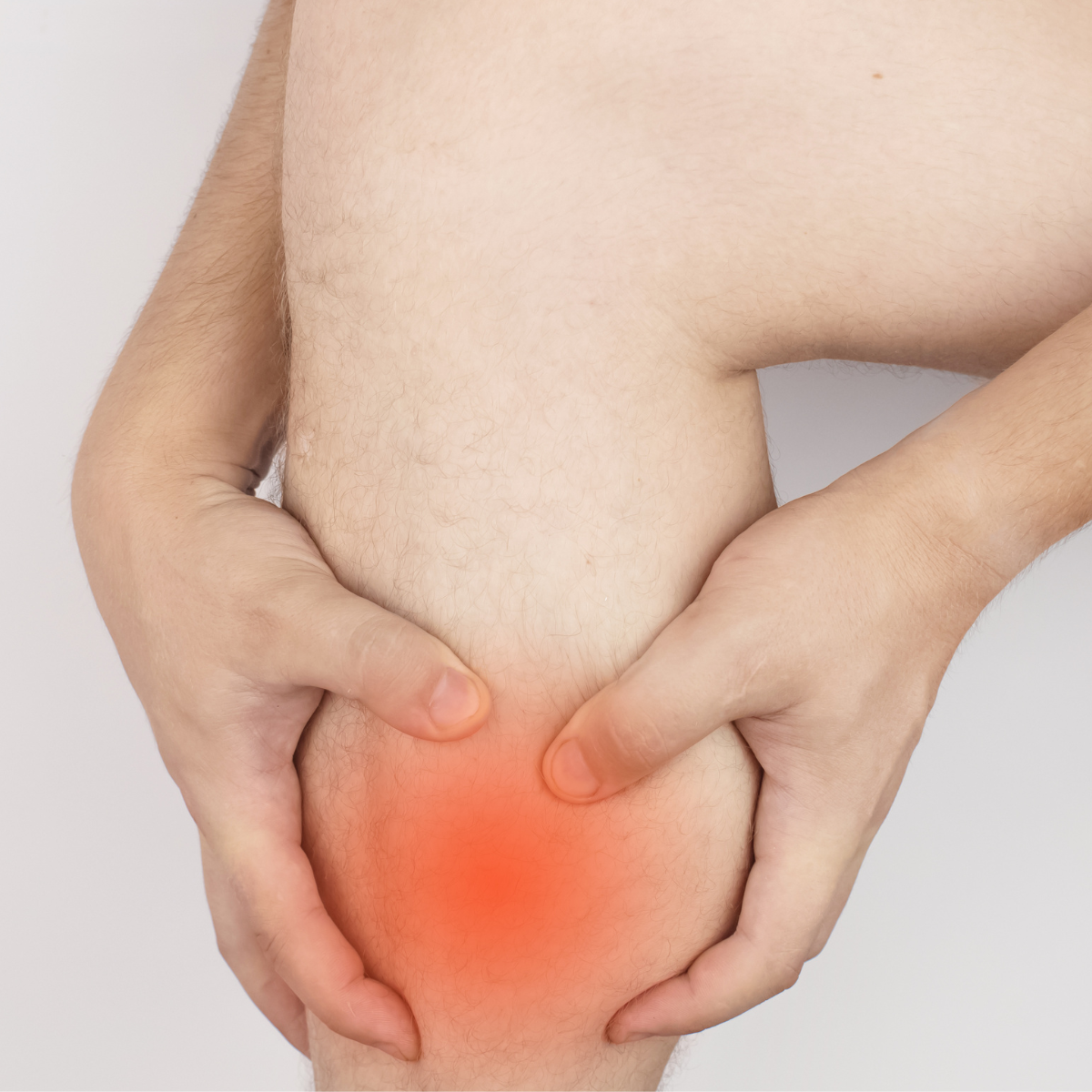Gout is a painful form of arthritis that affects millions of people worldwide. Known for its sudden and intense flare-ups, this condition occurs when there’s an excess of uric acid in the blood, leading to the formation of sharp crystals in the joints, causing swelling and excruciating pain. While gout has been around for centuries, advancements in modern medicine and treatment options have made it more manageable than ever before. Today, gout is no longer a condition that you have to suffer through, as various treatments can significantly alleviate symptoms and even prevent future attacks.
In this article, we will explore the modern treatments available for gout, including medication, lifestyle changes, and natural remedies. With the right approach, you can manage gout effectively and live a pain-free life, reducing flare-ups and improving your overall quality of life.
Understanding Gout and Its Causes
Gout is a type of arthritis caused by the buildup of uric acid in the bloodstream. Uric acid is a natural byproduct of the breakdown of purines, which are found in foods like red meat, shellfish, and alcohol. In healthy individuals, uric acid is filtered by the kidneys and excreted through urine. However, if the body produces too much uric acid or the kidneys cannot eliminate it efficiently, uric acid crystals begin to form in the joints, most commonly in the big toe, leading to a gout attack.
Certain factors contribute to the development of gout, including obesity, genetics, excessive alcohol consumption, dehydration, and some medications. Having a family history of gout or being male also increases your risk. The condition can also be linked to other health issues such as high blood pressure, diabetes, and kidney disease.
Modern Medications for Gout Relief
One of the most effective ways to manage gout is through medication. Over the years, several new drugs have been developed to provide fast relief from gout symptoms and prevent future attacks. These treatments fall into two main categories: pain management and uric acid-lowering therapy.
1. Nonsteroidal Anti-Inflammatory Drugs (NSAIDs)
NSAIDs are commonly prescribed to reduce pain and inflammation during a gout flare-up. Drugs like ibuprofen and naproxen can effectively alleviate symptoms and help reduce the swelling around the affected joint. For severe flare-ups, prescription NSAIDs like indomethacin or celecoxib may be used.

These medications are usually taken for a short period to manage pain during acute attacks. However, they are not long-term solutions and should be used under a doctor’s supervision to prevent side effects, such as stomach ulcers or kidney damage, particularly in individuals with pre-existing conditions.
2. Colchicine
Colchicine is another medication used to treat gout flare-ups. It works by reducing inflammation and preventing uric acid crystals from forming in the joints. While colchicine doesn’t relieve pain immediately, it is most effective when taken early in a gout attack. Colchicine is usually prescribed for a short duration due to its potential side effects, such as gastrointestinal issues.
3. Corticosteroids
Corticosteroids, such as prednisone, are prescribed for people with severe gout attacks or those who cannot tolerate NSAIDs or colchicine. These drugs work by suppressing the immune system and reducing inflammation. Corticosteroids can be taken orally, injected into the affected joint, or administered intravenously. While they offer fast relief from pain and swelling, long-term use of corticosteroids can lead to side effects such as weight gain, osteoporosis, and high blood pressure.
4. Uric Acid-Lowering Medications
To prevent future gout attacks, doctors often prescribe medications that lower uric acid levels in the blood. These drugs include allopurinol, febuxostat, and probenecid. These medications work by either inhibiting the production of uric acid or increasing its excretion through urine.
Allopurinol is the most commonly used uric acid-lowering medication. It is effective in preventing gout flare-ups and reducing the frequency of attacks. Febuxostat is another option for people who cannot tolerate allopurinol, while probenecid helps the kidneys eliminate excess uric acid.
5. Biologic Drugs
In more severe cases of gout, biologic drugs like pegloticase may be prescribed. Pegloticase is an injectable medication that breaks down uric acid in the blood. It is typically used for people with chronic gout who have not responded to traditional treatments. Biologic drugs offer a powerful solution to reducing uric acid levels and preventing further joint damage.
Lifestyle Modifications for Managing Gout
In addition to medication, making certain lifestyle changes can significantly reduce the frequency of gout attacks and improve overall health. Some key lifestyle modifications include:
1. Dietary Adjustments
A healthy diet plays a critical role in managing gout. Foods rich in purines, such as red meat, shellfish, and organ meats, should be limited or avoided. Alcohol, particularly beer, can also trigger gout attacks, so it’s important to drink in moderation or avoid it altogether.

On the other hand, a diet high in low-purine foods such as fruits, vegetables, whole grains, and low-fat dairy products can help lower uric acid levels. Cherries, in particular, have been shown to reduce gout attacks due to their anti-inflammatory properties. Drinking plenty of water is also essential, as hydration helps flush excess uric acid from the body.
2. Weight Management
Excess weight puts added strain on the joints, particularly the feet and knees, which can trigger gout flare-ups. Losing weight through a balanced diet and regular exercise can reduce the frequency of attacks and improve overall joint health. Even a small reduction in weight can have a significant impact on gout symptoms.
3. Regular Physical Activity
Physical activity is important for maintaining joint health and managing gout. Regular exercise can help maintain a healthy weight, improve joint flexibility, and reduce inflammation. Low-impact exercises like swimming, cycling, and walking are particularly beneficial for people with gout. Avoid high-impact activities that put excessive strain on the joints, especially during a flare-up.
Natural Remedies for Gout
While medication and lifestyle changes are essential for managing gout, some people may also find relief from natural remedies. These remedies should be used alongside conventional treatments and after consulting with a healthcare provider.
1. Turmeric and Ginger
Turmeric contains curcumin, a powerful anti-inflammatory compound that can help reduce pain and swelling associated with gout. Ginger also has anti-inflammatory properties and can provide relief from joint pain. You can incorporate turmeric and ginger into your diet by adding them to meals or drinking them as a tea.

2. Apple Cider Vinegar
Apple cider vinegar is believed to help lower uric acid levels in the blood, although more research is needed to confirm its effectiveness. Mixing a tablespoon of apple cider vinegar with water and drinking it daily may help manage gout symptoms over time.
3. Epsom Salt Soaks
Soaking affected joints in warm water mixed with Epsom salt can help relieve pain and reduce inflammation. The magnesium in Epsom salt is thought to relax the muscles and reduce swelling, offering temporary relief from gout symptoms.
Prevention of Gout Attacks
Prevention is key to managing gout. By maintaining a healthy diet, managing your weight, staying hydrated, and taking medications as prescribed, you can reduce the likelihood of future gout attacks. It’s also important to monitor your uric acid levels regularly and follow your doctor’s advice to keep gout under control.
Conclusion
Gout no longer has to be a debilitating condition. With modern treatments, medications, and lifestyle adjustments, you can effectively manage and even prevent gout flare-ups. Whether through uric acid-lowering medications, anti-inflammatory drugs, dietary changes, or natural remedies, there are numerous ways to relieve gout pain and lead a healthy, active life.
If you’re struggling with gout or want more information on how to manage it, reach out to a healthcare provider to discuss the best treatment options for you. Living with gout doesn’t have to mean living in pain – with the right approach, relief is within reach.

Leave a Reply